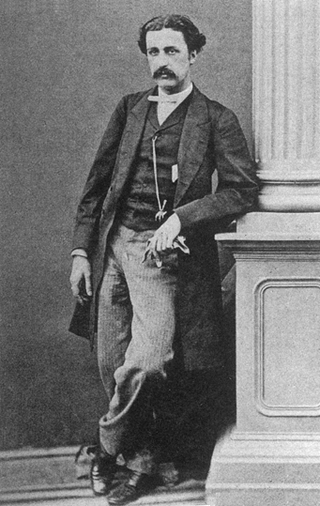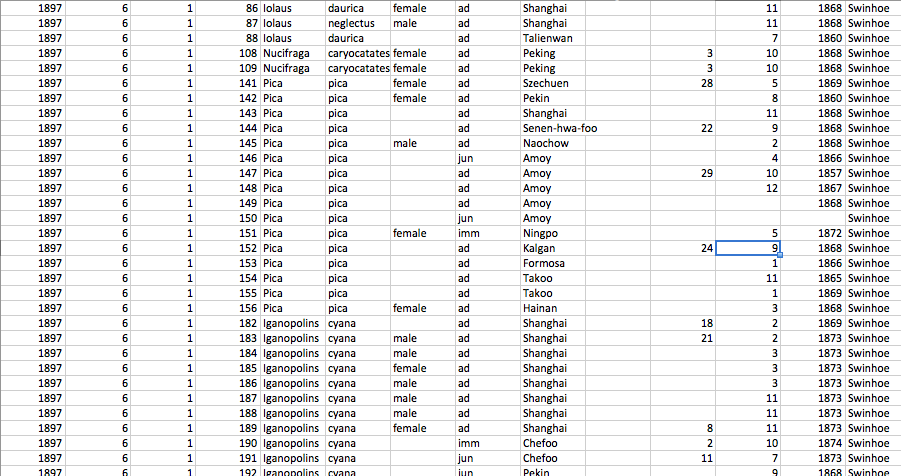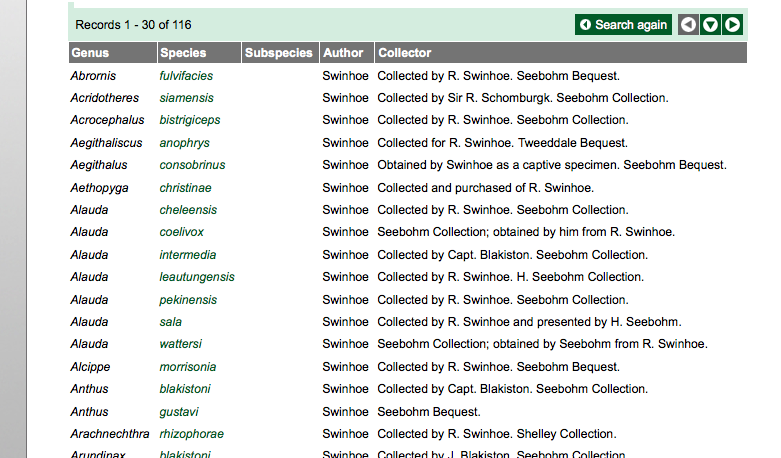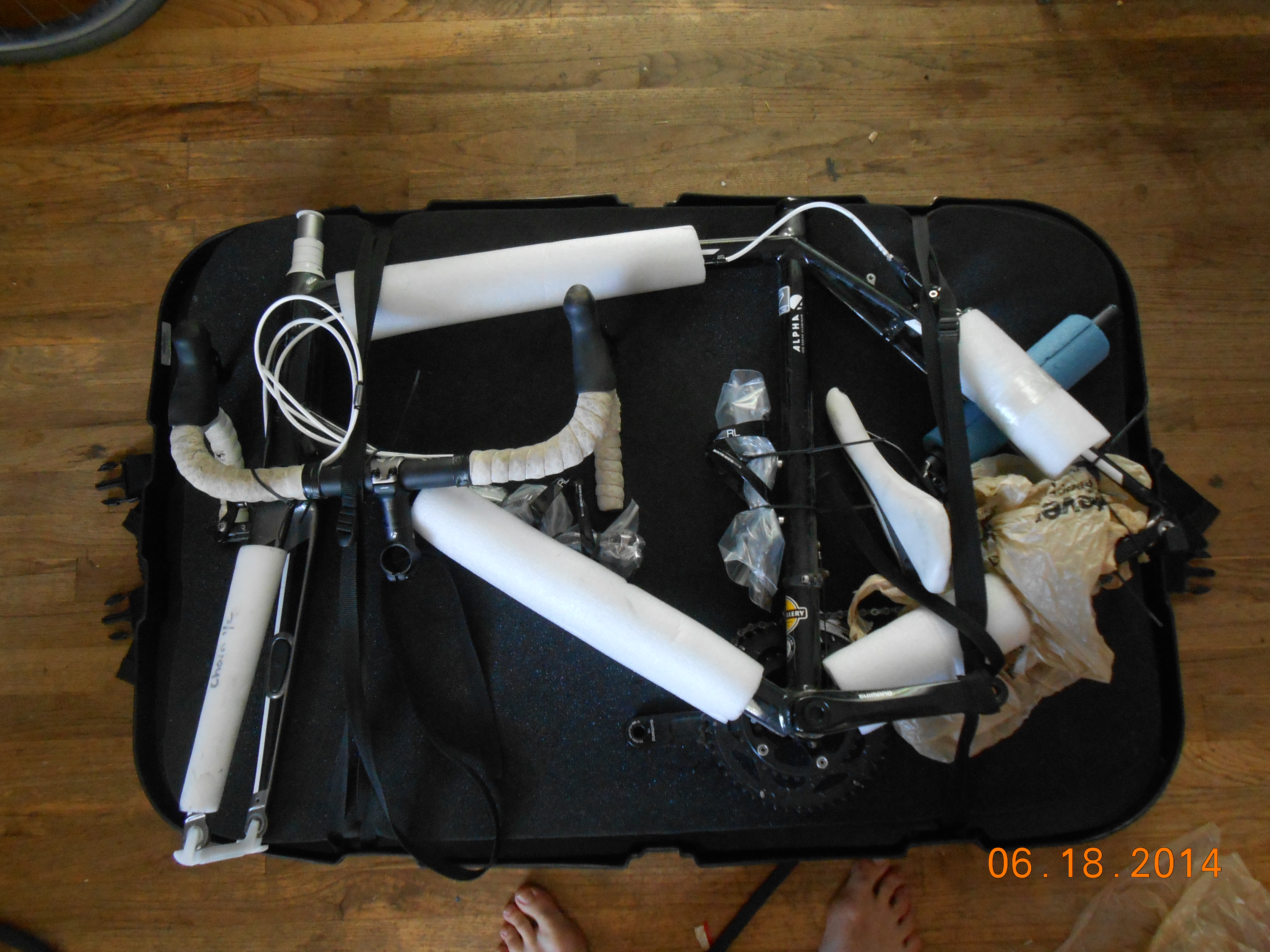Phase 1

Robert Swinhoe
John Young '15, environmental sciences/history, was awarded a President's Summer Fellowship to "travel to and collect consular records from the British National Archives, the Royal Geographical Society, and the Natural History Museum in London, and then return to Reed in order to analyze and further chart the collecting habits and practice of natural history of the ornithologist Robert Swinhoe (1836-1877)."
Professor Douglas Fix tells me that one should have an excellent idea of what collections an archive holds long before one arrives at the archive’s reading room. A visit to collect documents, a perhaps seemingly pedestrian task, requires a large measure of pre-visit prep work.
More than I anticipated.
This prep work entails hours and hours of poring through electronic catalogs, contacting archivists and curators, and perusing the relevant body of historical literature to see what sources and archives other scholars in the field are utilizing. History, I guess, really does begin and end in the library, in the published electronic catalogs, and more often in these charming machines called “card indexes,” “registers,” and “microfilms.”
Not doing the necessary prep work would result in disaster, I was told.

Thus, before leaving for England I spent weeks in preparation. The minutiae, I think, do not bear repeating here. To capture the spirit of the work, imagine: a montage strongly reminiscent of one from the film Ocean’s Eleven, wherein I craft a precise itinerary, outline exactly which historical documents I plan to loot, plot where they are down to the folio, lay out which documentation I need to trick the archivists into letting me into their sacred rooms, and what transportation I’ll use to make my getaway. That’s the gist of what I was doing—or at least, that’s how I’ll tell it. I was plotting a heist.
My scholastic machinations would lead me to four places: the library of the Natural History Museum in London, an off-site archive of the Natural History Museum in Tring (a small town Northwest of London), the library of the Kew Botanical Gardens, and the National Archives.
Each held a trove of important documents and artifacts. The Natural History Museum, Kew, and the National Archives each held parts of the correspondence of Robert Swinhoe. The NHM Tring still holds many of the bird specimens taken by Swinhoe during his time in Southern China and Formosa.

Tangentially, the Wikipedia article on Swinhoe suggests that his personal collection of specimens made its way to the Liverpool Museum. This is not true at all. Swinhoe’s personal collection is stored in the Natural History Museum in Tring. Other parts of the article, like many other Wikipedia articles, are suspect. But I digress.
There was a hitch. While London’s wonderful public transportation system would make it simple to get from my London accommodations to any of the three archives that I planned to visit in the city, the system of over-ground trains and busses that I would need to take in order to get to Tring presented a bit of a logistical challenge. Going that route would be time consuming and expensive. Instead, I opted to bring my bicycle. I would simply ride to Tring.
On June 18th, prep-work completed, passport in hand, and bike boxed, I hopped on a plane to London Heathrow to begin the second phase of my summer project. In the first phase I had planned the heist, in the second I would need to carry out the deed.

